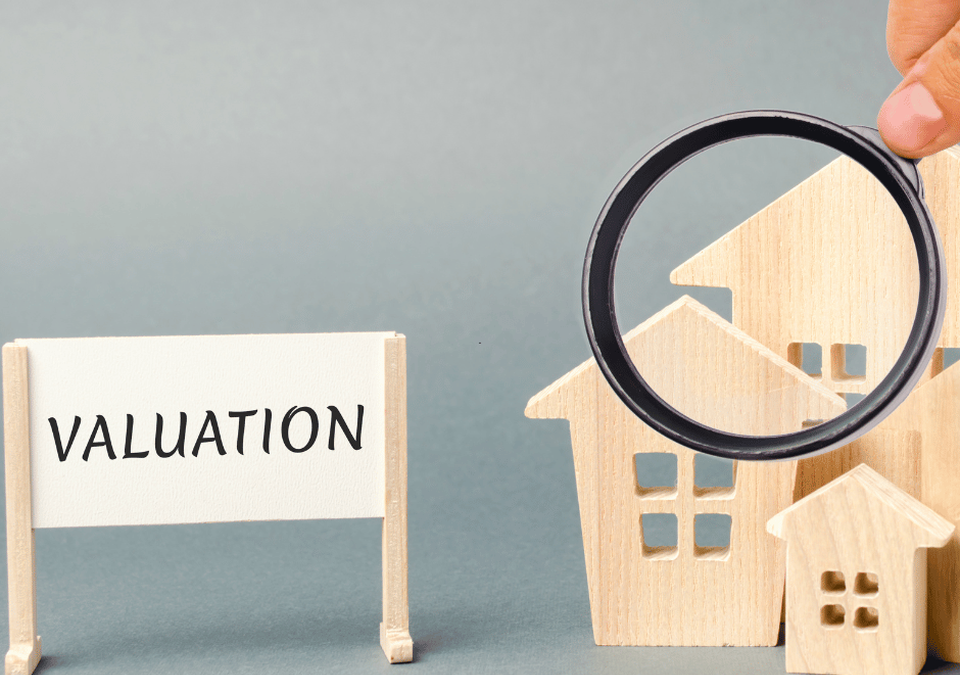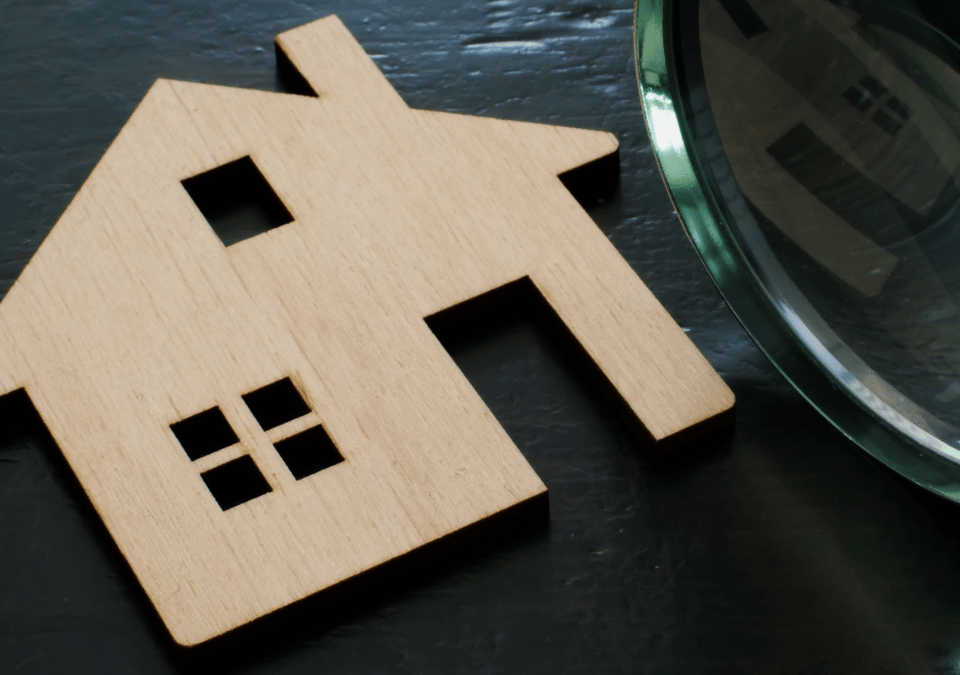How Long Does a Remortgage Valuation Take?
Many homeowners ask, how long does a remortgage valuation take? The answer depends on the type of valuation your lender chooses.
Desktop Valuation Timelines
Desktop valuations are the fastest option. These automated assessments usually take between 1 and 3 working days to complete. Because there’s no need for a surveyor visit, this type of valuation can be processed almost immediately once your remortgage application reaches the valuation stage.
Physical Valuation Timelines
If the lender requests a physical property survey, the timeline is slightly longer. You’ll usually receive an appointment date within a week, depending on surveyor availability in your area. Once the visit has taken place, the surveyor typically submits their report within 2 to 5 days.
When Will the Lender Make a Decision?
After the valuation is complete, your lender will review the report as part of their remortgage approval process. This can take another few days, depending on how quickly they process applications.
In most cases, the full remortgage valuation and approval process takes one to two weeks. While delays can happen, especially during busy periods, most valuations are completed swiftly and without issues. Staying in contact with your broker or lender helps keep everything on track.
What Can Go Wrong With a Remortgage Valuation?
While most valuations go smoothly, there are times when issues arise. Understanding common remortgage valuation problems can help you prepare and respond effectively.
Down-Valuation
One of the most frequent issues is a down-valuation. This is when the lender’s assessment values your property lower than expected. This affects your loan-to-value (LTV) ratio, which could limit the mortgage products available to you or reduce the amount you can borrow.
If your home was valued at £300,000 but the lender values it at £280,000, your LTV increases. This could possibly pushing you into a less favourable rate bracket.
Property Condition Concerns
Surveyors may flag issues such as damp, subsidence, roof problems, or general disrepair. These can reduce the property's value and make lenders more cautious, particularly if the defects affect the property’s ability to act as security for the loan.
Even cosmetic issues won’t usually impact the valuation, but structural or long-term maintenance problems can trigger delays or even a rejection.
Local Market Conditions
Falling property prices or slow local sales can also contribute to valuation issues. If several nearby properties have sold below asking price, this could lower your home's estimated value, even if it's in good condition.
What to Do If a Problem Arises
If you're affected by a valuation issue, you still have options:
-
Challenge the valuation if you believe it's incorrect, using recent local sales evidence.
-
Negotiate a lower mortgage amount or increase your deposit to reduce the LTV.
-
Use a specialist mortgage broker who can access lenders with more flexible criteria.
For more complex situations, such as disputes over valuation reports or delays affecting legal progress, TBI Conveyancing Solicitors can help. Our team offers clear legal advice and support throughout the remortgage process, helping you navigate any issues with confidence.







